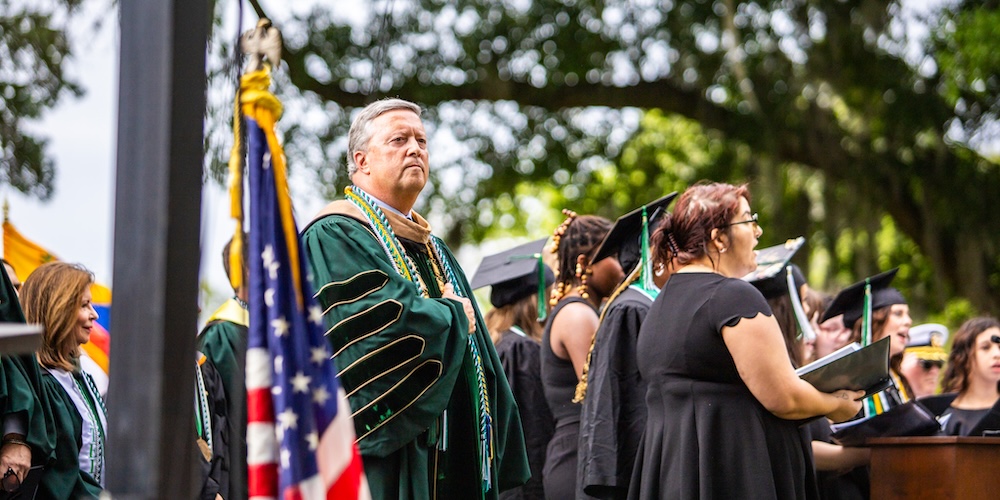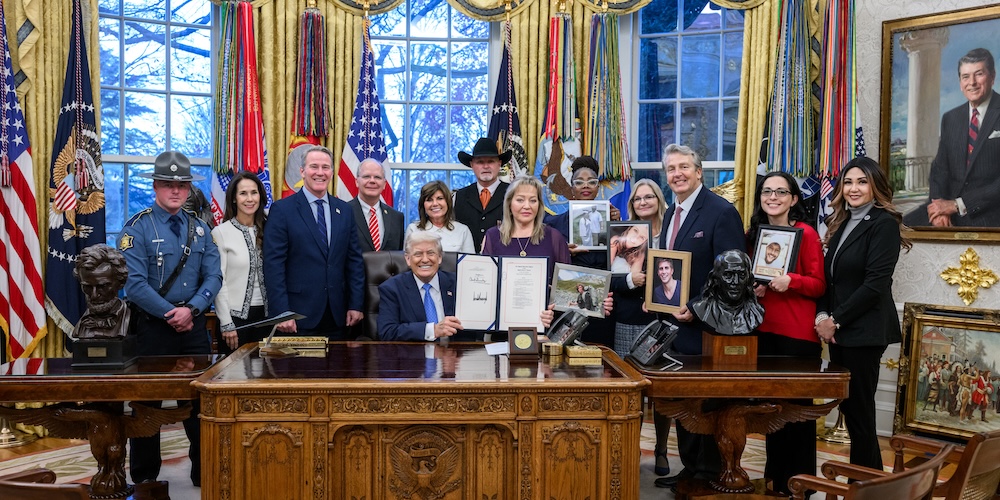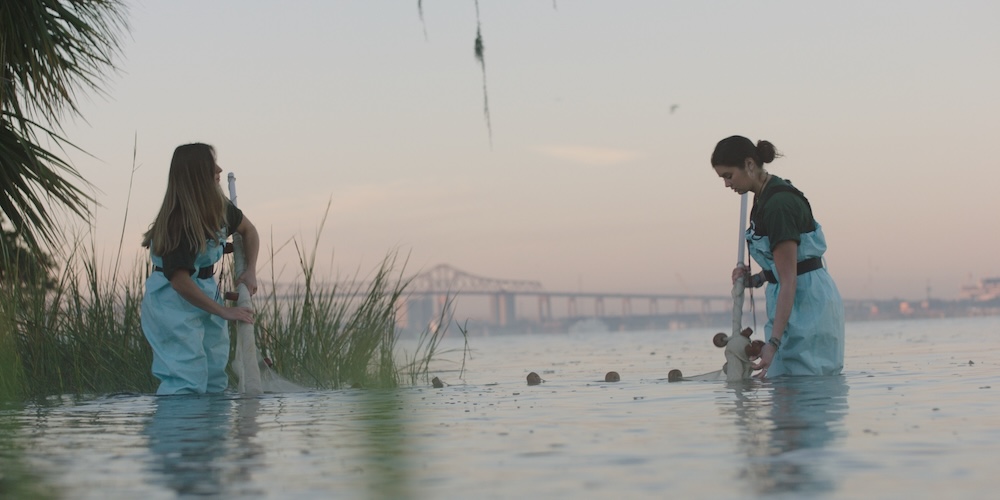It’s a historic time for Florida educators—one of teacher shortages and resource exiguity. While libraries are hollowed, public schoolchildren wonder if their teacher today will be their teacher tomorrow; to date, Florida has the highest rate of teacher vacancies in the country.
It is during this time that Connected—a river education initiative between Jacksonville University and JAXPORT—showed Duval County Public Schools a little love by gifting them three EnviroScapes, educational models used to demonstrate water pollution and prevention through shared responsibility.
“Getting to visit our public schools and use these hands-on models with the children is a joy, but I am only one person,” says Dr. Melinda Simmons, Associate Professor of Marine Science and head of Connected. “By donating these models to DCPS, the Connected program will have a lasting ripple effect, educating both children and adults on the importance of our rivers and how they can make a difference.”
Through Connected, Dr. Simmons has spoken to many Duval County classrooms, Jacksonville organizations, and social groups of all ages to raise awareness about how the actions of a typical community affect water quality, and how to prevent pollution.
The deliveries were kickstarted this Valentine’s Day at Mayport Middle School—the DCPS Coastal Sciences Magnet program—where Dr. Simmons demonstrated how to set up the model, use it for a variety of lessons, and stow it away. Two additional models will be delivered to Seabreeze Elementary and San Pablo Elementary this month and ultimately kept in the DCPS Lending Library so that the models can be checked out by all interested local educators.
During the delivery, a student who aspires to become a marine science teacher said that the value of this experience is that the EnviroScapes provide a hands-on opportunity for learning about the river. "You can't touch the words of a book the way you can see and touch one of these models. It demonstrates that the river is really the lifeblood of our city."
“The models we are delivering are watershed models which are representative of Jacksonville, complete with a river flowing through an estuary and into the ocean, and has a port with vessels. They also have a house with a leaking septic tank and a factory that releases waste water, which accurately represents some of the challenging aspects of our city,” says Dr. Simmons.
So how do the EnviroScapes work? First, the instructor explains the purpose of the model, defines aquifers and watersheds, and involves students in the water pollution simulation. Common pollutants are represented by basic kitchen items: sediment (sand or oatmeal), fertilizer (Kool Aid powder), fossil fuels (soy sauce), pet waste (chocolate sprinkles), and microplastics (colored sprinkles), and applied to parts of the model where volunteers think such substances are used in real life (e.g., scattering fertilizer on a golf course). Once the pollutants are added, a rainstorm is simulated with spray bottles and participants see where the pollutants end up—in the waterways.
Dr. Simmons also prepared a quick tutorial video on how to set up the model and apply the models in lessons to ease the burden on teachers. Each EnviroScape will be accompanied with a tutorial video.
“The Persian poet Rumi said that ‘Love is the water of life.’ This is fitting for Valentine’s day, and it is fair to say that our local waters could use a lot more love,” says Dr. Simmons.
Visit the Connected website for educational resources on the St. Johns River. You can also book a visit to JU’s Marine Science Research Institute or have Dr. Simmons visit and speak to your organization by completing this request form.


